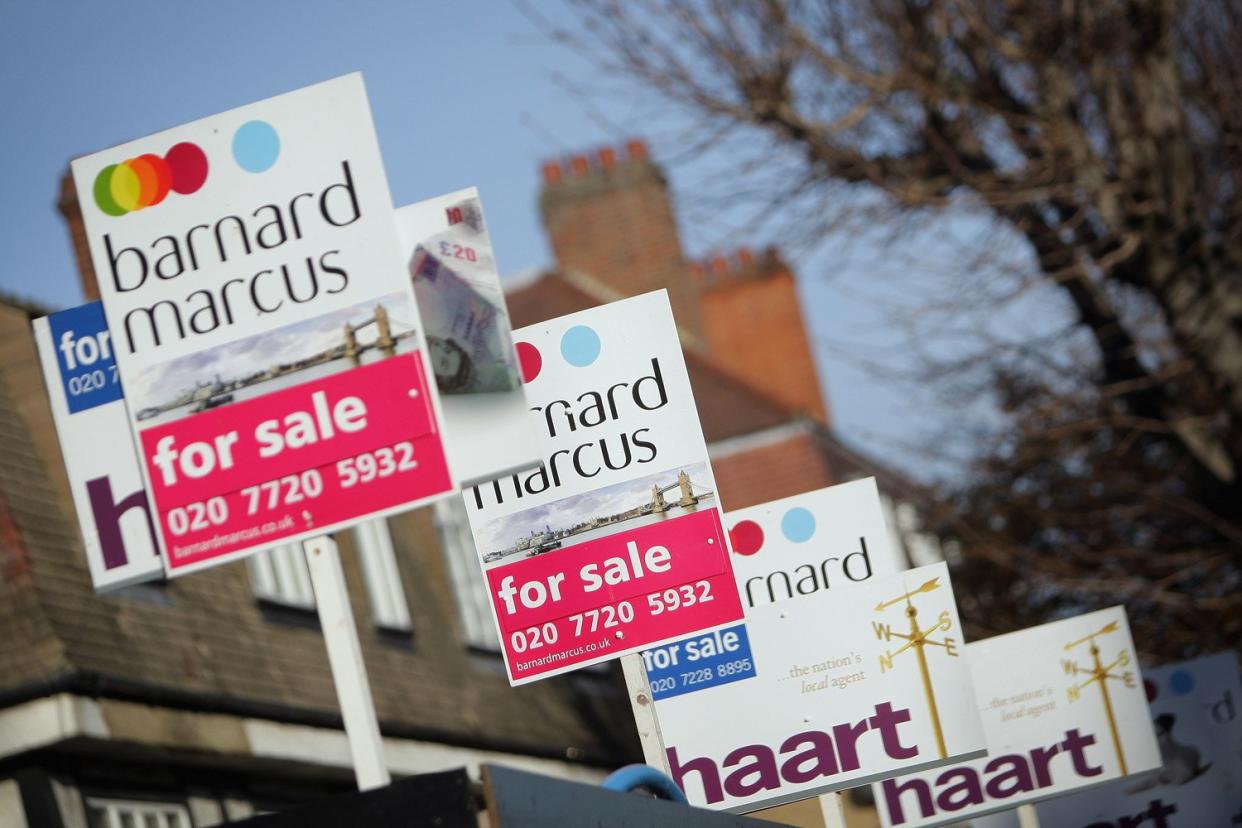Tiny flats built to solve London's housing crisis may not be a good investment, study finds

Thousands of “rabbit hutch” flats being built to help solve London’s housing crisis are going up in price far more slowly than larger homes, according to new research.
An analysis by consumer group Which? suggests the tiny flats, designed to appeal to first-time buyers, may help them get on the housing ladder but may not represent a good investment.
Researchers compared prices of properties sold last year with those sold between 2013 and 2015.
Homes smaller than the official national minimum of 37 square metres saw 6.9 per cent growth compared with 8.7 per cent for the market as a whole.
For the smallest flats — with a floorspace of less than 30 sq m — the growth was even slower, at 5.4 per cent. In London, properties smaller than 37 sq m grew 11.8 per cent in value between 2013-15 and 2016, much less than the 14.5 per cent growth for all other properties in the capital.
Which? researchers suggested that lenders could be reluctant to grant mortgages on the smallest homes, and there could be limits on how little space even the most desperate homebuyer is prepared to accept.
David Blake of Which? said: “With the average London micro-property selling for £279,000, smaller homes can represent a more realistic opportunity… but can also be harder to mortgage.”
Almost 8,000 homes smaller than 37 sq m — roughly equivalent to the size of a Tube carriage — were built last year, a record number. A plan to turn a former office block in Whetstone into hundreds of tiny flats with the smallest just 16 sq m, almost half the size of a Travelodge hotel room, was dropped after opposition.
But a “studio flat” of just 6.9 sq m with only a bedroom and shower room is now on sale in Hackney for £130,000.

 Yahoo News
Yahoo News 
